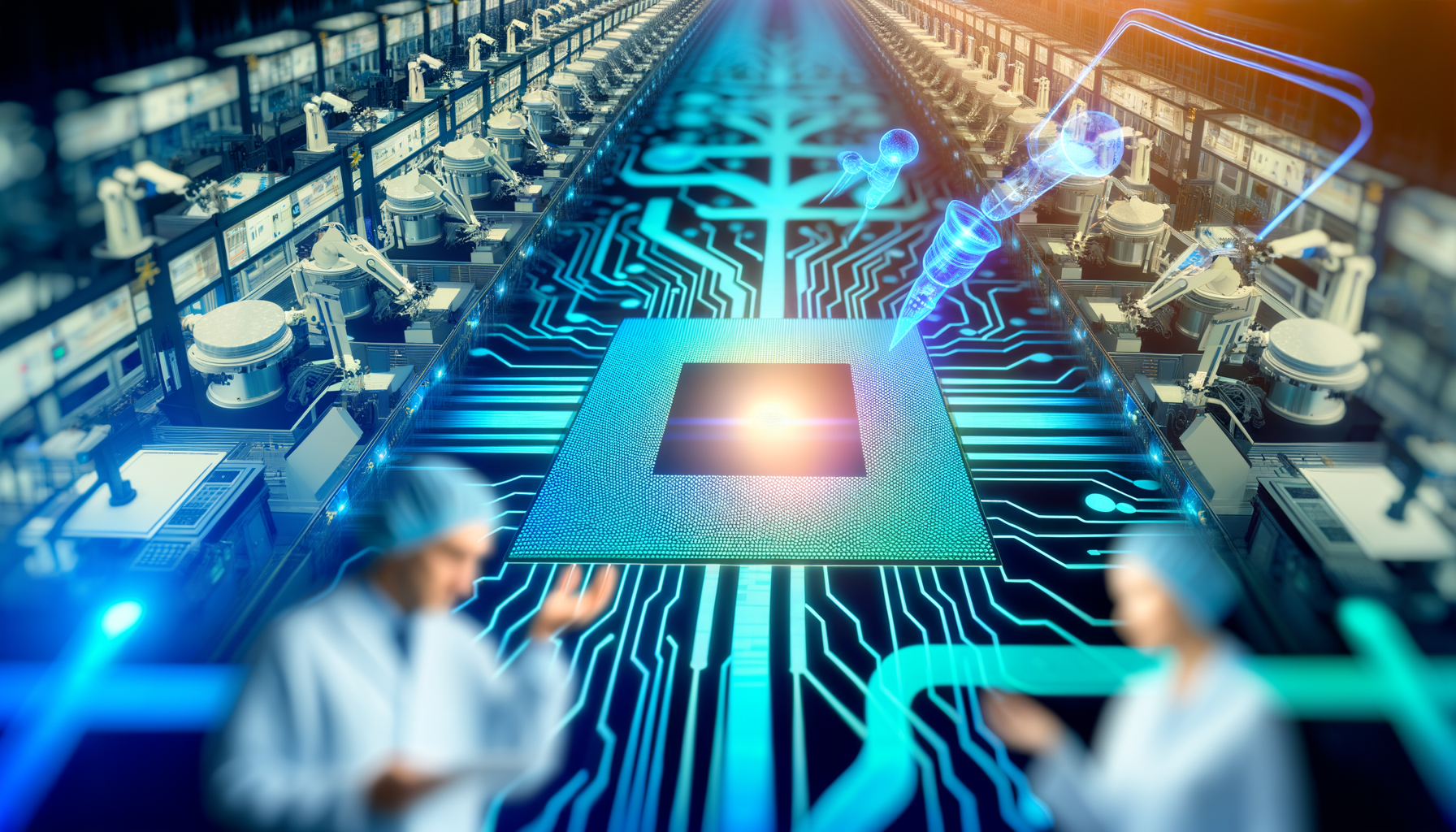AI Supercycle Driving Semiconductor Market Growth and Trends
In today’s fast-paced world, the semiconductor industry is at the heart of technological innovations, significantly impacting various sectors such as healthcare, automotive, and consumer electronics. With the rise of high-performance computing (HPC), artificial intelligence (AI), and advances in memory technologies, we are witnessing an exciting period often referred to as the AI supercycle. This cycle not only boosts sales but also propels the entire semiconductor ecosystem into uncharted territories. In this blog post, we will delve into how this supercycle is affecting the semiconductor industry and what we can expect in the future.
Understanding the AI Supercycle
The term “AI supercycle” refers to a surge in demand for AI-related technologies and the components that make them operate efficiently. This includes powerful chips, enhanced memory, and robust computing platforms that facilitate machine learning and deep learning applications. As companies flock to integrate AI into their products and services, the need for high-performance chips has skyrocketed. According to industry analysts, the global AI semiconductor market is expected to grow from $15 billion in 2021 to over $100 billion by 2028. This phenomenal growth reflects the growing dependency on AI technologies across various industries.
The Role of High-Performance Computing (HPC)
High-performance computing (HPC) is a significant player in this supercycle. HPC allows researchers to conduct complex simulations and data analysis at unprecedented speeds, fundamentally changing how industries operate. For instance, advancements in drug discovery or climate modeling are accelerating due to HPC capabilities, allowing for real-time data processing and rapid results.
As demand for HPC capabilities increases, the semiconductor industry is responding by innovating faster and more efficient chips. This includes graphic processing units (GPUs) and application-specific integrated circuits (ASICs), crucial for running AI algorithms. Companies like NVIDIA and AMD are at the forefront, leading the way with technologies that push the boundaries of what is possible in computing.
Memory Innovations: A Critical Component
No discussion on semiconductor growth is complete without addressing memory technologies. As data generation accelerates, so does the need for efficient data storage and processing. Traditional memory solutions are rapidly being outpaced by the requirement for faster, more reliable options. “In the world of AI, every millisecond counts,” says Dr. Emily Chen, a leading researcher in semiconductor technology.
Emerging memory technologies, such as non-volatile memory express (NVMe) and dynamic random-access memory (DRAM), are crucial in meeting the needs of AI workloads. These innovations reduce latency and increase bandwidth, enabling more substantial and faster data operations. The importance of memory in the semiconductor supply chain cannot be overstated, as it ultimately influences the performance capabilities of AI systems.
Market Growth and Industry Trends
As we analyze the broader semiconductor market growth, it’s vital to look at the trends shaping the future:
- Increased Investment: With more businesses realizing the potential of AI, investment in semiconductor technology is surging. Companies are expanding research and development (R&D) efforts to create next-generation chips.
- Collaborative Ecosystems: Partnerships among major tech firms, startups, and research institutions are becoming more prevalent. These collaborations often lead to breakthroughs in innovation and efficiency.
- Sustainability Focus: As the semiconductor industry grows, so does its responsibility toward the environment. Many companies are now focusing on sustainable practices, from production to recycling, to mitigate their carbon footprint.
Future Outlook
The future of the semiconductor industry is indeed bright, fueled by the ongoing AI supercycle. Analysts predict that as technological advancements continue, the convergence of AI with other transformative technologies such as the Internet of Things (IoT) and 5G will further amplify market growth:
- Edge Computing: As AI proliferates into IoT devices, the trend towards edge computing is expected to grow. This evolution means that processing will happen near the source of data generation, requiring specialized chips that can handle AI tasks efficiently.
- Augmented Reality (AR) and Virtual Reality (VR): As AR and VR technology develop, the demand for high-performance semiconductor solutions designed to enhance these experiences is likely to soar.
This exciting time in the semiconductor industry offers immense opportunities for businesses capable of adapting to these changes. While challenges remain, companies that successfully leverage HPC, AI, and advanced memory solutions can not only survive but thrive in the new landscape. Understanding these trends will help stakeholders navigate the complexities of the semiconductor market and prepare for an AI-driven future.
In conclusion, the AI supercycle is reshaping the semiconductor market in profound ways. With rapid advancements in technologies, increased demand for AI applications, and innovations in memory, the industry is on a path toward remarkable growth and transformation. As we adapt, innovate, and harness these technologies, we will undoubtedly witness a future filled with endless possibilities.


